Loxia 21mm f/2.8 Review
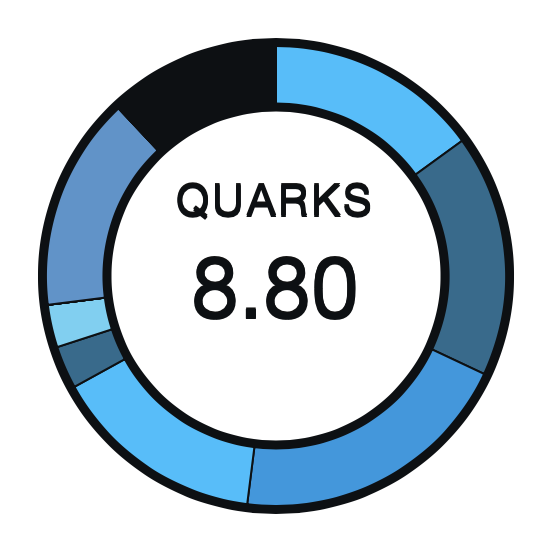
Quarks rating explanation here.
Zeiss if one of the best (if not the best) optics and optoelectronics company in the world. Everything from design, craftsmanship and optic performance is typically outstanding, and that has been the case for decades. I’ve reviewed some of their lenses for the Sony FE mount, but this is the first time I review a non-auto focus lens. Read on to find out more about this little gem.

Hardware Design #
Rating: 9/10
I’m not using the adjective “little” loosely here, this lens is really small. My reference lens for size comparison on the Sony FE mount has always been the Sony/Zeiss 35mm/f2.8. It’s one of the first of the platform and Sony/Zeiss focused on portability and performance (hence the 2.8 maximum aperture). In the following image you can see how the Loxia 21mm compares to it.

Granted, this is not and apples-to-apples comparison, as the lenses have different focal lengths and different focusing features (auto vs. manual). The intent is just to provide a size frame of reference.
The lens is designed with 11 elements in 9 groups. Also, it’s fully manual, with no autofocus capabilities, just like the other Loxia lenses in the series. Zeiss has opted to give priority to optics quality and portability over automatic features. Therefore, this lens is not intended for sports or fast moving objects.
The focus ring is fully mechanical, meaning that it has both start and stop points as opposed to the focus by wire method used by modern auto-focus lenses where the focus ring turns freely in both directions. Mechanical focusing provides a better feedback and allows to achieve accurate focus easier and faster than focus by wire most of the time, in my opinion. In the following images, I was able to jump focus from the fruit (foreground) to the Sonos Play:5 player (background) in just a split of a second by using focus peaking and the magnifier on the Sony A7 II.
Move the slider from left to right below to see the difference in focus.
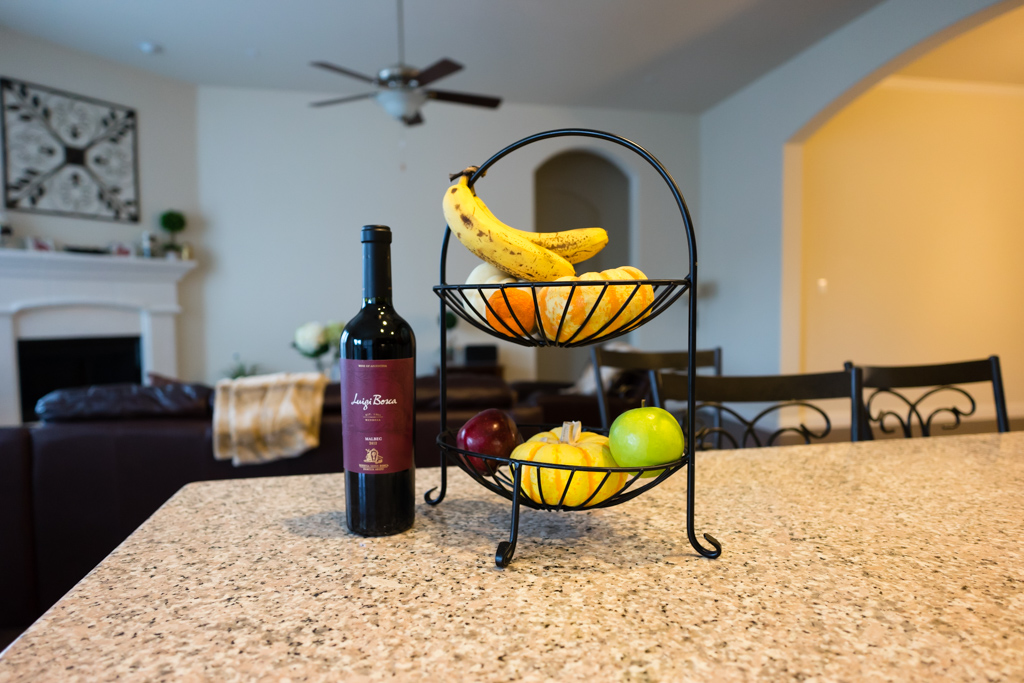
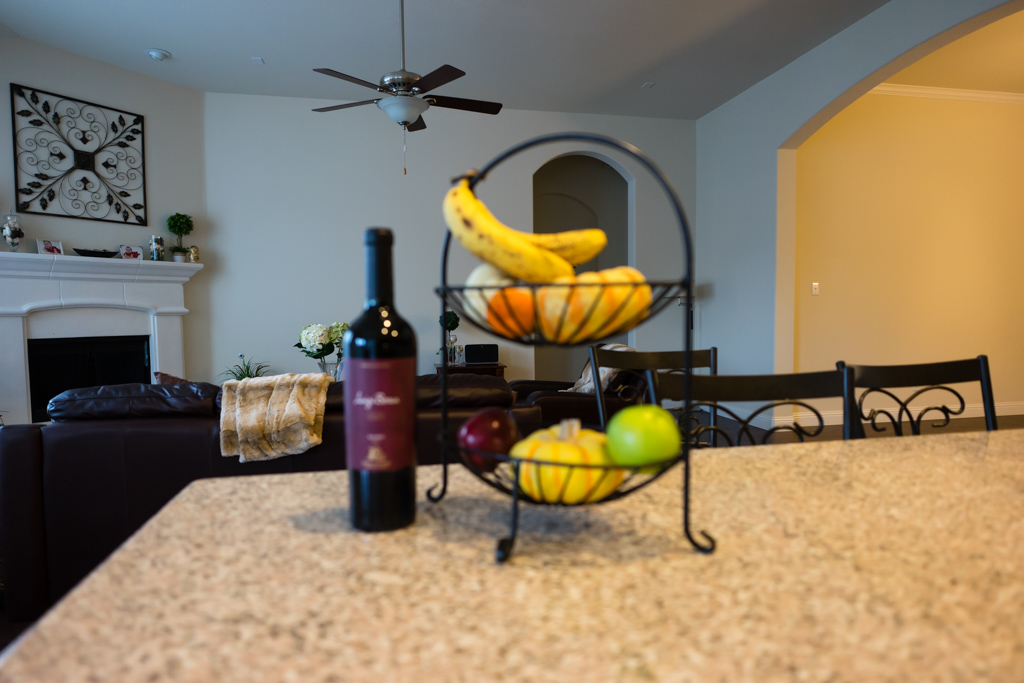
Something worth mentioning is that the camera can be set to activate the focus magnifier as soon as you start moving the focus ring, which is a feature that some people may find appealing. I prefer setting one of the camera’s configurable buttons to activate the magnifier.
A nice feature by Zeiss is the fact that the aperture ring is de-clickable, meaning that the typical click felt and heard when changing apertures can be disabled. This tremendously simplifies handling when filming movies/video.
One disadvantage with the design is the fact that the focus ring is so close to the aperture ring and there is no tactile differentiation between the rings. Therefore, you may end up refocusing the scene when you are just trying to change apertures, which is very annoying.
Although it is a manual lens, the Loxia 21mm transmits exposure information to the camera, so all photos will contain the appropriate EXIF information.
Hardware Quality #
Rating: 10/10
This lens is built like a tank. It’s basically a big chunk of metal and glass, and it feels as solid as the new Voigtlander 15mm/f4.5 or the Sony/Zeiss 55mm/f1.8. Even the included lens hood is metallic. It’s also heavy for the size, but it doesn’t make the Sony A7 II camera feel out of balance.

Both the aperture and the focusing rings move smoothly with just the necessary friction. They provide an excellent tactile feedback.
General Performance #
Rating: 9/10
Once placed on the camera, the Loxia 21mm perfectly complements the Sony A7x series design. I tested the lens in both indoors and outdoors under different lighting conditions, including dark night shots. The results were great, as it can be observed in the photos on this post (I mean, with respect to image quality, not necessarily artistic value).
Although one could run dozens of tests on this lens, I decided to focus on key features that impact the quality of the photos the most, in my humble opinion.
Sharpness / Corner tests #
I setup the camera on a tripod, disabled Steady Shot and took several shots of the scene below with different apertures (f2.8, f9.0 and f22.0), always focusing on infinity. Images used are Straight Out of Camera (SOOC), with no post-processing at all.

Then, I compared the image sharpness for each aperture setting in the center, these are the results:

And here are the results for the corners:

Sharpness tends to degrade as you get closer to edges to the image. This is unavoidable characteristic of all lenses due to the nature of glass and optics. The effect is also more prominent when using extreme apertures (in the case of this lens f2.8 and f22).
As is can be observed above, the Loxia 21mm sharpness performance in corners is outstanding, even a f2.8. Zeiss has obviously paid a lot of attention to image quality and optics performance when designing this lens.
Contrast #
Photography forums and lens reviews often make reference to the Zeiss 3D effect, or Zeiss Pop and Micro-Contrast. I think these are just pompous terms to refer to the lens’es contrast performance. In Zeiss typical fashion, contrast is really great. It almost makes images produced by other lenses washed out and lacking vitality.
Obviously, contrast can be tweaked in post-production via Lightroom, but the results are not as good.
Vignetting #
Vignetting is the term given to the fact that, depending on how wide a particular lens is, it may darken the edges of the image. This is also accentuated at certain aperture values (more info here).
In the case of the Loxia 21mm, vignetting is extremely well controlled. I was actually planning to include images at different apertures to compare corner darkness, but the differences are so subtle it doesn’t make much sense to do it. In any case, vignetting can easily be corrected by clicking a checkbox in Lightroom (more on that later).
Distortion #
As it can be observed below, the Loxia 21mm exhibits very minor distortion. Although images are perfect to be used SOOC, the minor distortion can easily be corrected in Lightroom by checking the box Enable Profile Corrections in the Lens Corrections section.
Move the slider below from left to right to see the difference before and after enabling the lens profile corrections.
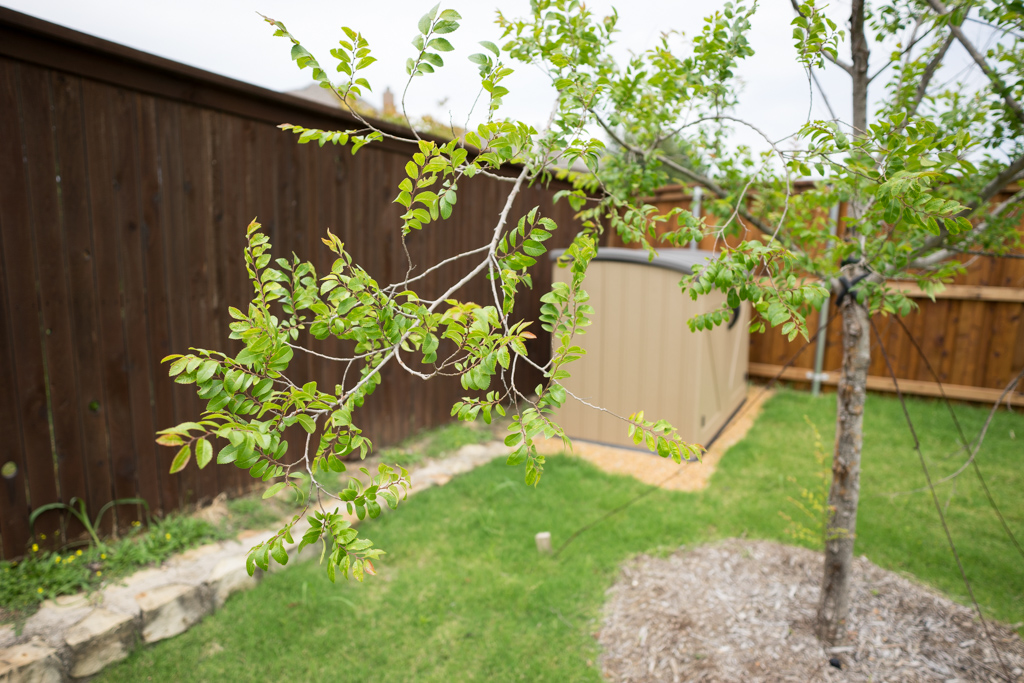
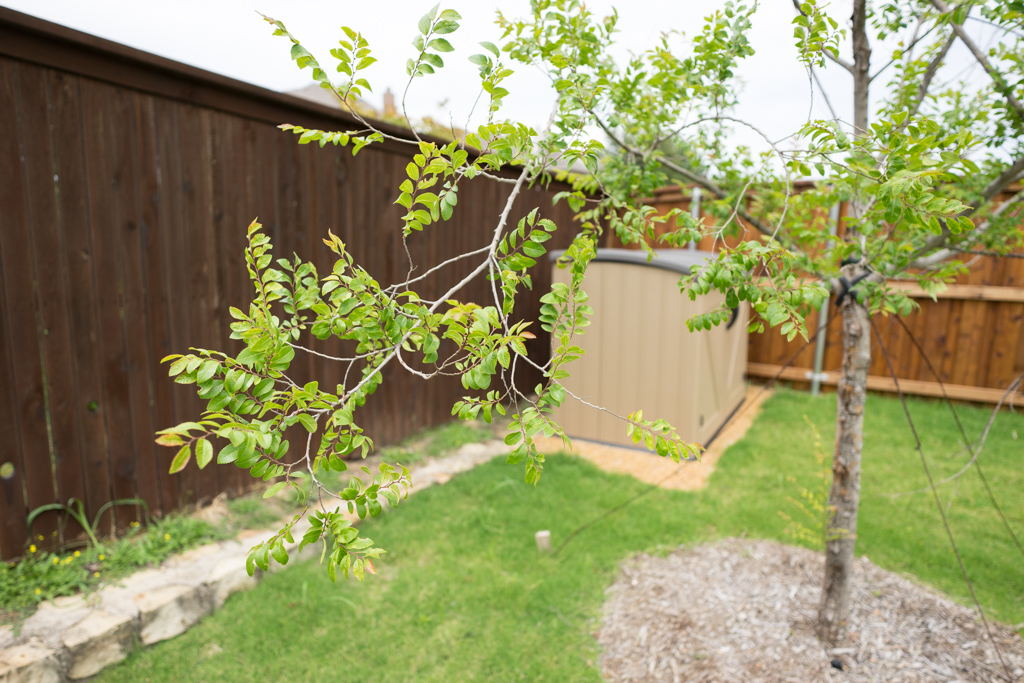
Price #
Rating: 7/10
As observed above, this lens is an outstanding performer. But, great optic performance comes at a price, and when talking Zeiss lenses, it’s usually a pretty steep price. The Loxia 21mm f2.8 retails for $1,500 on both Amazon and Adorama.
Ease of Use #
Rating: 8/10
As mentioned in the design section above, having the focus ring and aperture ring so close from each other without a clear tactile differentiation between them, makes it hard to operate the lens without looking at it, which is really annoying and adds an extra layer of complexity. Other than that, the lens is as easy to use as any other manual focusing lens.
Other Reviews #
Unfortunately, reviews of this lens do not abound on Internet. Perhaps this is due to the fact that it’s in high demand and finding it on stock at most retailers is really a challenge. It currently has a rating of 5 stars out of 1 review on Amazon. Although it’s just one review, I decided to use it on the Quarks calculation as it seems to be a legit review.